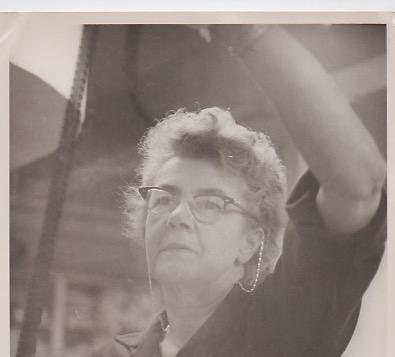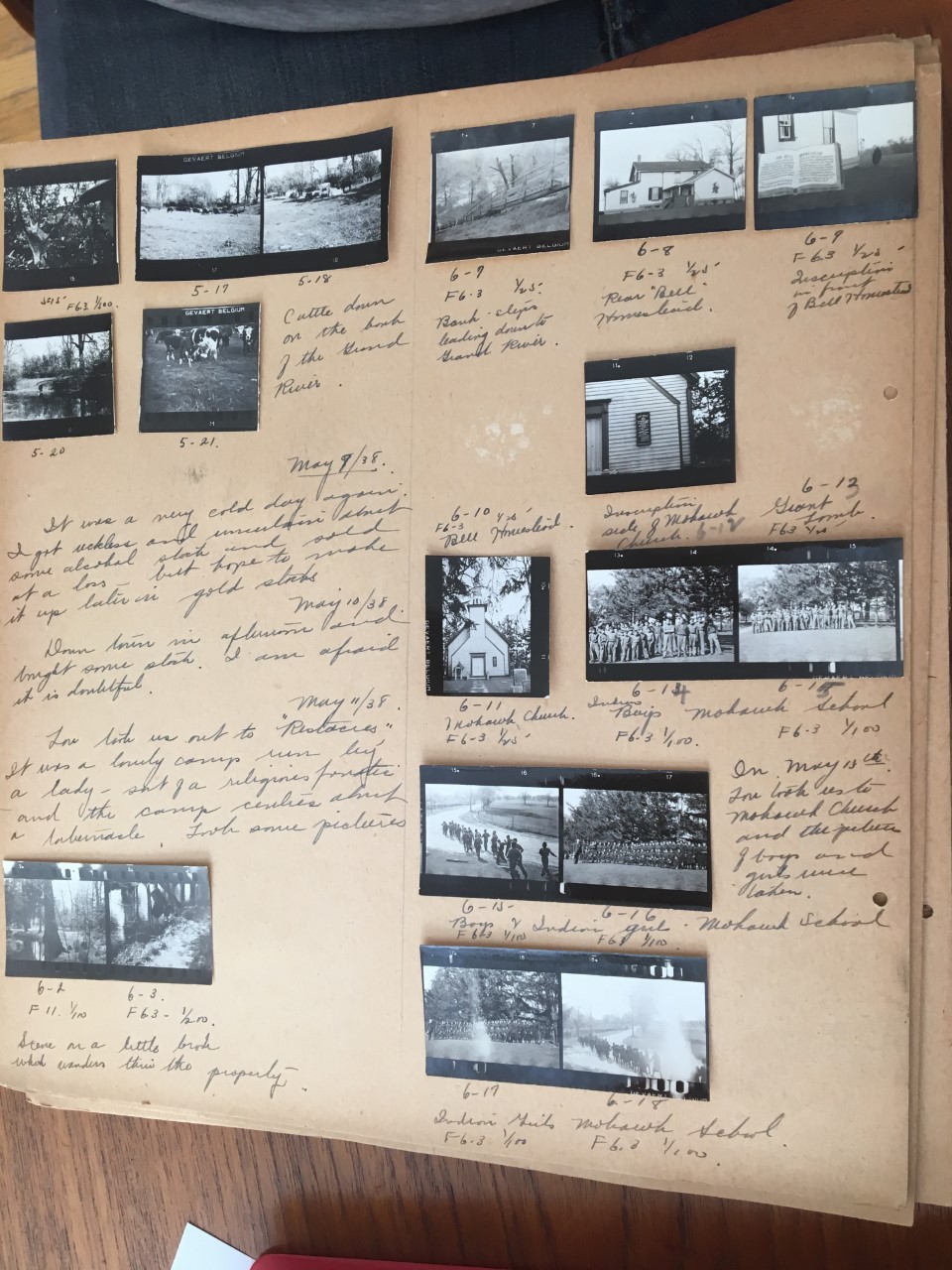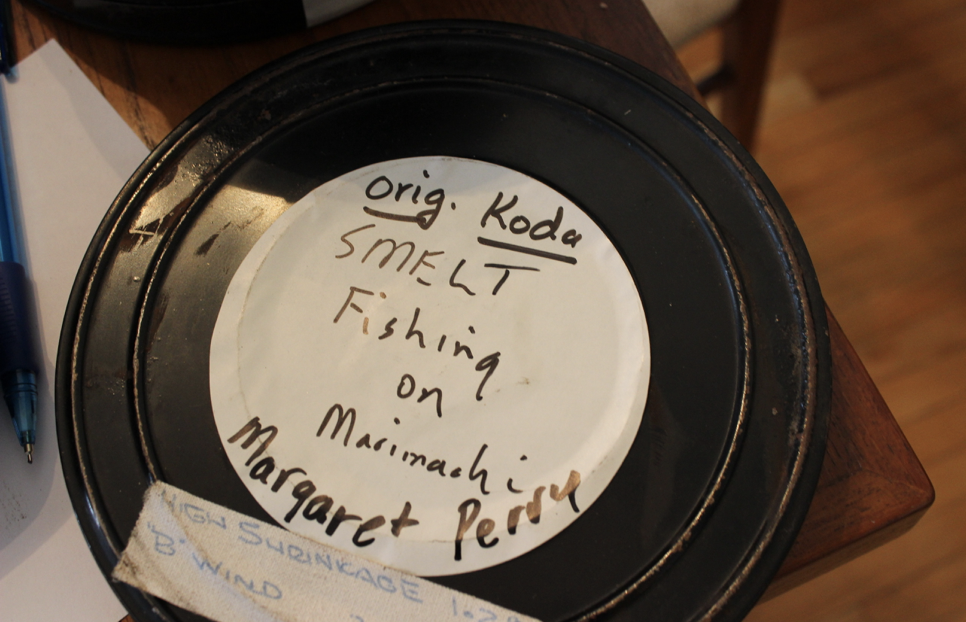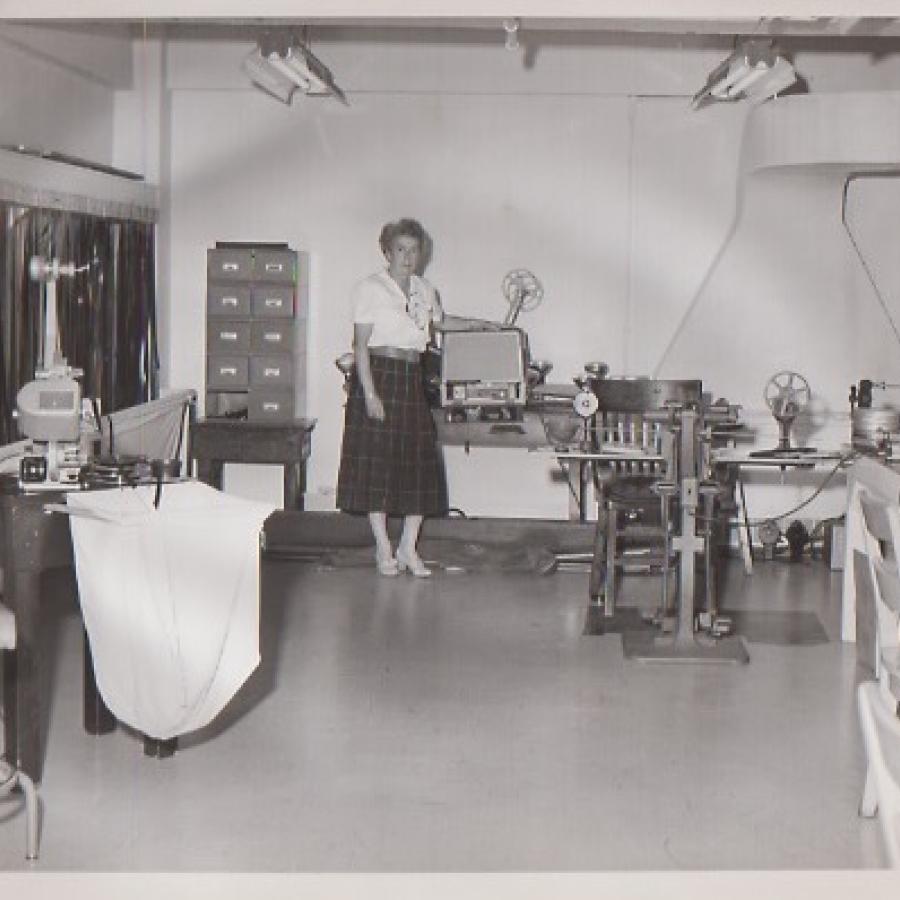Over the course of her career, Margaret Perry made over 50 films for the Nova Scotia government (1945-69), but few people have ever heard of her. Unlike the vulnerability of other Archive/Counter-Archive case study collections that are physically deteriorating or that challenge existing heritage or archival discourses, this collection is well-preserved and easily fits into the context of a provincial archive. Arguably, this is also what makes the collection vulnerable. While Perry, herself, has been identified as a prolific filmmaker and pioneering film bureaucrat, her films has been stigmatized as vehicles of government promotion and largely ignored. Their treatment has been exacerbated by a lack of available secondary materials to help us understand the context around the films’ production, their actual complexity, and why they continue to matter. Our case study is dedicated to activating this vulnerable collection by complicating and nuancing the idea of authorial voice in connection with these government films, and in so doing, exploring the broader relationship of postwar government and promotional film to women’s labour, artistic creation, narratives of place, and subjective political expression.

While these films were government-commissions, we also know that Margaret Perry had a hand in all aspects of their production. Since there are only three photographs of Margaret Perry in the Nova Scotia Archives and no information at all about her process, our goal in Year One of the case study was to excavate research materials that could help us expand and reframe our understanding of these films as filmmaker-driven works. Dr. Sharon MacDonald was a key researcher who uncovered biographical and contextual information and set up interviews with Margaret Perry’s friends and colleagues, including Ned Norwood and Les Krisan, who worked closely with Perry at the Nova Scotia Film Bureau. Production files from Perry’s time at the National Film Board (1942-44) contained correspondence and information about her early film training, as did an exciting discovery of Perry’s extensive personal collection, in her family’s possession, that includes journals, early films and photography, shooting scripts and other types of production ephemera:

At the same time, we screened and got acquainted with Perry’s films at Nova Scotia Archives, which are being digitized at the Vulnerable Media Lab at Queen’s University so that they can be used in upcoming exhibition and research projects. Thanks to Archive/Counter-Archive's research network, we were also able to locate three more Perry films housed at Library and Archives Canada, which are now a part of the NS Archives collection.

Carla Taunton and David Clark at NSCAD are coming on board in Year Two to facilitate artist- in-residence programs and create curatorial and exhibition projects that will activate and promote the collection throughout Nova Scotia. We plan to create a mobile exhibition unit, harkening back to Margaret Perry’s early career as a rural projectionist, that can travel to various sites in Nova Scotia, activating the existing museum, gallery, and cultural festival circuit. Curated screenings will be accompanied by contemporary responses to the collection by artists-in- residence, and interactive/immersive cinema elements will encourage people to make important connections between Perry’s ephemera and her films, foregrounding the contribution of her artistry, filmmaking practice, and political voice in the films that she made. In putting these films directly into conversation with physical spaces and Nova Scotia audiences, we hope to activate this archival collection and the legacy of Margaret Perry by learning more about the complexity and contribution of these films, as well as encouraging researchers, educators, and enthusiasts to visit Nova Scotia Archive’s digital space where the digital copies of the films will be accessible to the public.


